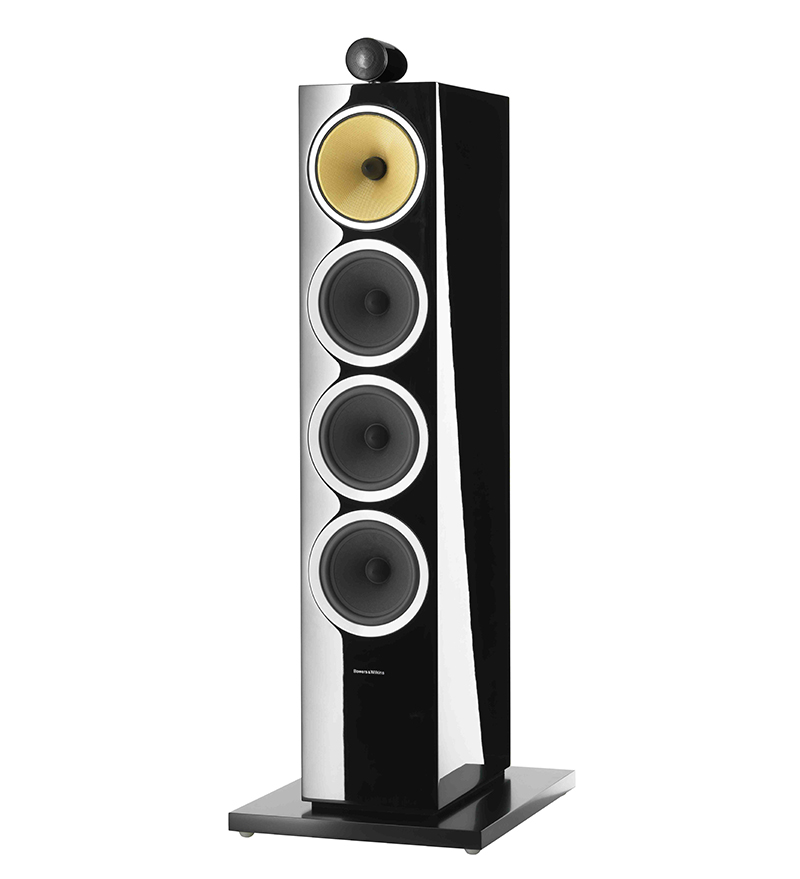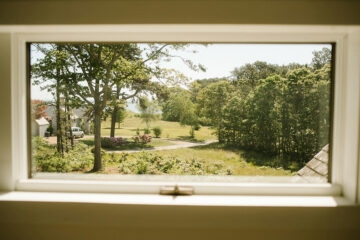A Towering Gateway to Bowers & Wilkins Sound

A Towering Gateway to Bowers & Wilkins Sound
I’m not sure if it’s the weather keeping the population indoors or love of music or both, but England produces an impressive amount of high quality hi-fi gear for a country its size. Premium brands that include Meridian, Naim, Linn and Chord, as well as Bowers & Wilkins are all well regarded by audiophiles. In addition to the high-end segment, Bowers & Wilkins has established a wide market presence with personal audio products like headphones and iPod speakers found in Apple stores. B&W’s bigger ticket speakers can be found at a few audio salons and Best Buy’s Magnolia showrooms.
Outside the Box
I spent some quality time with Bowers & Wilkins CM10 speakers, the four-foot-tall towers that are the flagships of B&W’s affordable CM series. The speakers set themselves apart from smaller CM units by placing the tweeter, or high frequency driver, on top of the cabinet for wide sound dispersion. It’s an attribute found in far more expensive B&W Neptune and Diamond 800-series speakers and gives the CM10s a more expensive allure.
In addition to tweeter placement, the CM10 features a decoupled Kelvar FST midrange speaker and three low frequency drivers in a very rigid, beautifully finished cabinet. While these specifications sound remarkably similar to B&W’s more expensive Diamond 803 speakers, there are differences in speaker material selection and resulting sonic specifications. For my ears, the 800s are a bit sweeter in the upper octave range and provide a deeper bass. I’d call the midrange sound a tie.
Music or Theater
In my home, we have a few listening experiences to choose from. The dining room has a self-amplified, networked speaker system that’s fine for easy listening. A small THX certified system resides in my office, usually connected to my computer through a DAC (digital audio converter) but is now hooked to a Concept Wood turntable and a Fosgate Signature headphone amp — more about these in our next issue.
Most of my serious listening takes place in a family room with a 13-foot, vaulted ceiling, enough acoustic area to accommodate big bass sound waves. The CM10s were installed in a conventional two-speaker stereo placement for audio listening. The principal source of music is an Oppo BD105 disc player that easily handles CDs, DVD audio, SA (super audio) CDs, Dolby True HD files, and pretty much anything you wish to feed it. It’s connected to the analog stereo inputs of a Marantz receiver straight out to a modified Bob Carver 600-watt amplifier. It’s a pretty solid audiophile system for traditional stereo listening.
The Oppo and Marantz units do double duty for video entertainment. In this instance, the main speakers (CM10s) become right and left front and are joined by Mirage center and rear speakers for surround sound.
In nearly every instance, the Bowers & Wilkins CM10s performed beautifully, especially with vocals, string instruments, and jazz. They were sonically spacious enough to handle major orchestrations with nice staging depth, but not quite enough low frequency for deep pipe organ pedals or a few big theater scenes. Those are minor criticisms that a Bowers & Wilkins sub-woofer would easily fix. (www.bowers-wilkins.com) BRIAN DOUGLAS






Comments